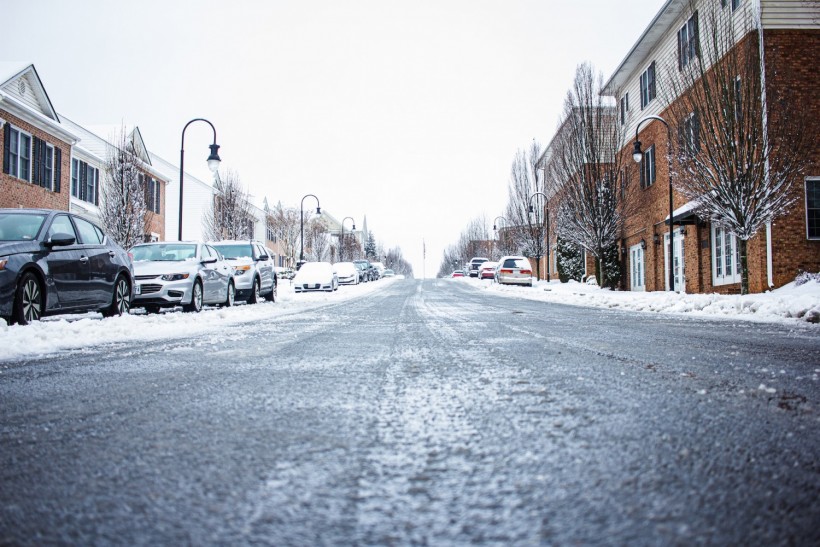The public is being cautioned by the Department of Tourism that the current winter weather is dangerous for driving on Oregon roads. Additionally, a few roads are blocked.
The number of car accidents rises when winter arrives. Low visibility and slick roads can be brought on by snow, rain, fog, and ice. Wind can bring down trees, endangering traffic. Kyle Kennedy, a public information officer for the Oregon State Police, advised drivers to accept the fact that they cannot travel at the same speed in this weather as they would on an average day.
Speed Limits
According to Kennedy, posted speed limits on highways are intended for the best possible driving conditions. However, as soon as the danger is present, drivers must reduce their speed to a level that is suitable for the circumstances. Kennedy argued that a driver should be able to respond to the unexpected, whether it be a tree branch that has fallen or a car swerving in front of them.
Kennedy urged drivers to pause and consider whether they are traveling at a speed at which they can maneuver their car around another vehicle or apply the brakes before it, and if the answer is "no," they are likely traveling at a speed that is too high.
The National Weather Service said Through the weekend, winter weather systems will continue to move through Oregon, with the possibility of significant snowfall in eastern Oregon, the Columbia River Gorge, and the Cascades.
Winter weather and collisions forced the closure of Interstate 84 in Eastern Oregon earlier this week, and fog contributed to an accident that happened on Interstate 5 near Albany.
According to the Oregon Department of Transportation, the months with the most reported crashes were October, November, and December, which also happened to be the start of the rainy season. Rain causes more weather-related crashes than snow and ice put together on a national level.
Slowing Down and Weather Conditions on Route
Kennedy noted that although ice and snow are common in Oregon, people frequently drive on them at speeds that cause their cars to hydroplane and render them incapable of being controlled in the event of unforeseen circumstances.
Kennedy said Depending on the severity of the weather and the state of the car, slowing down may be necessary. However, he claims that even on highways, slowing down to as little as 15 mph would not be irrational in the event of heavy snow or fog.
Additionally, Kennedy said People should check the weather forecast before leaving to see what conditions they will encounter along the way, and if they are poor, think about staying at home. To avoid getting stranded on the road in inclement weather, drivers should ensure that their vehicles are maintained properly and equipped for the conditions. They should also keep emergency supplies and appropriate clothing on hand, OPB reports.
Read also: Below Freezing Temperature of Zero Degrees Along with 45 Mph Winds Takeover Parts of New Jersey
Special Weather Statement
Rain and snow are expected to continue this afternoon, according to the National Weather Service in Portland, Oregon.
Through this afternoon, bands of showers will pass over the region, each introducing periods of snow and rain. Currently, the majority of the interior valleys will primarily experience rain, but heavier showers may result in light snowfall. As long as temperatures are above freezing, snow will only last a short time and accumulate very little at elevations below 500 feet. Up to 0.25 inches of accumulations are possible above 500 feet, and the likelihood of larger amounts increases with elevation.
The weather service added that roadways may however become slick even though snow may not be falling, so drivers are advised to proceed with caution.
Related article: Wintry Weather to Expect in Upper Midwest Bringing Rain and Snow to First Week of December
© 2024 NatureWorldNews.com All rights reserved. Do not reproduce without permission.



